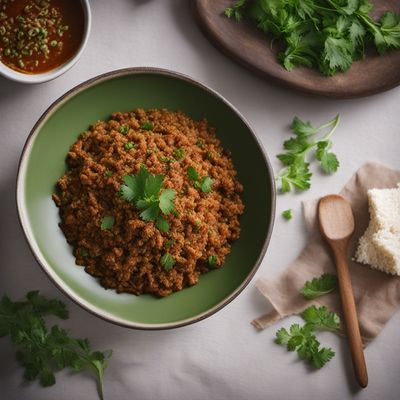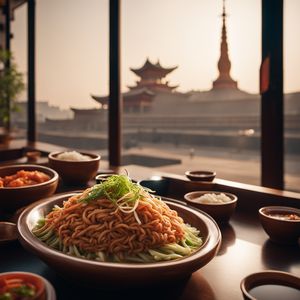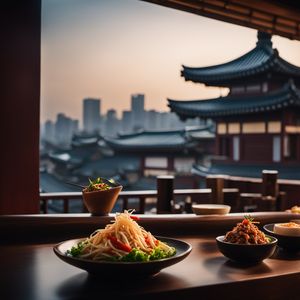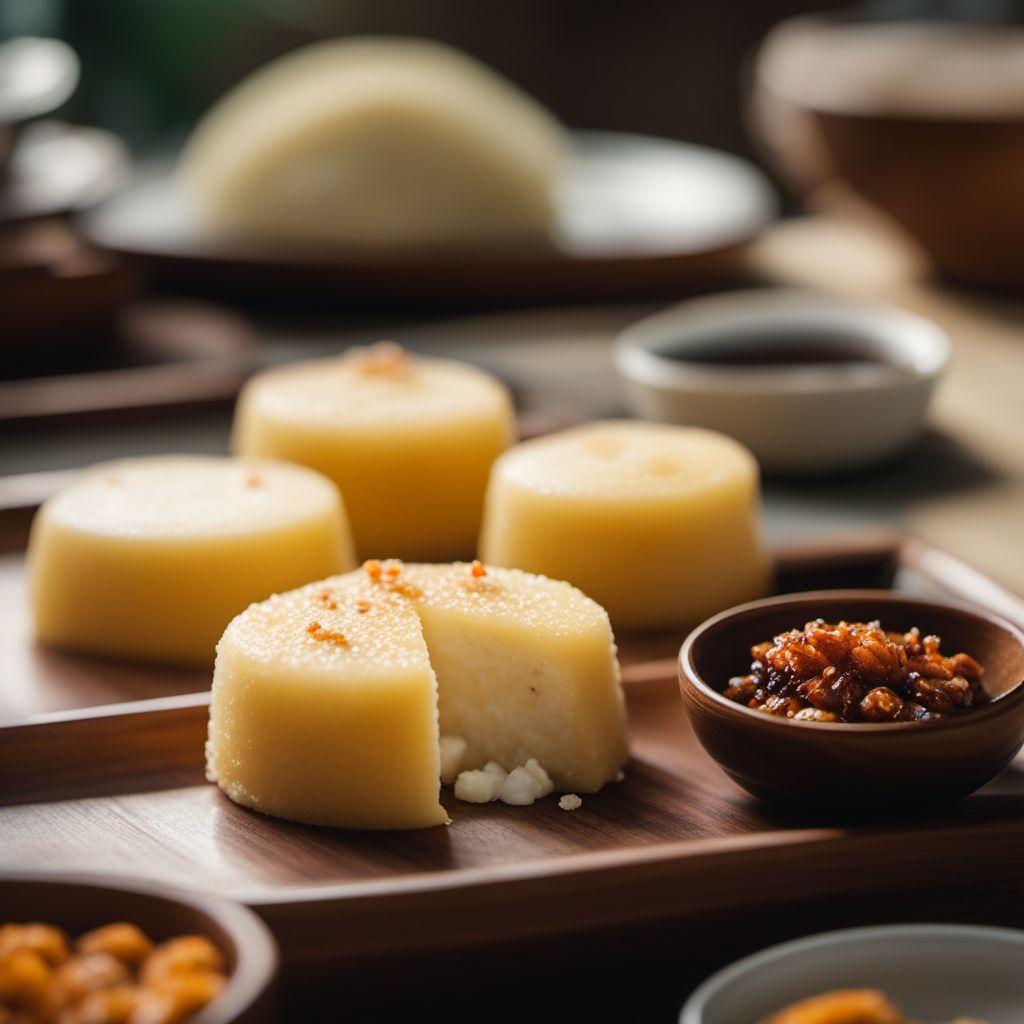
Dish
Jeungpyeon
Jeungpyeon is made by mixing rice flour, yeast, sugar, and water to form a batter. The batter is then poured into a greased mold and steamed for about 20 minutes. The resulting cake is soft and spongy, with a slightly chewy texture. Jeungpyeon is usually served warm and can be eaten plain or with a drizzle of honey or sesame oil.
Origins and history
Jeungpyeon has been a popular snack in Korea for centuries, and is believed to have originated during the Joseon Dynasty (1392-1910). It was traditionally made with glutinous rice flour and used as an offering to ancestors during ancestral rites.
Dietary considerations
Jeungpyeon is gluten-free and dairy-free, making it suitable for people with celiac disease or lactose intolerance. It is also low in sugar and calories, making it a healthy snack option.
Variations
There are many variations of jeungpyeon, some of which use different types of flour or add ingredients like green tea or pumpkin for extra flavor. Some recipes also call for the addition of nuts or dried fruit for texture.
Presentation and garnishing
Jeungpyeon can be presented on a plate or in a bamboo steamer, garnished with a sprinkle of sesame seeds or chopped nuts. It is important to remove the cake from the mold as soon as it is done steaming to prevent it from becoming soggy.
Tips & Tricks
Using a mixture of rice flour and glutinous rice flour will give the jeungpyeon a softer and chewier texture. Be sure to grease the mold well before pouring in the batter to prevent the cake from sticking.
Side-dishes
Jeungpyeon can be served on its own as a snack or breakfast food, or alongside savory dishes like kimchi or bulgogi. It is also commonly served with a cup of tea or coffee.
Drink pairings
Jeungpyeon pairs well with light and refreshing drinks like green tea or sparkling water. It can also be enjoyed with a glass of rice wine or soju.
Delicious Jeungpyeon recipes
More dishes from this category... Browse all »

Aamras
Indian cuisine

Aasmi
Indian cuisine
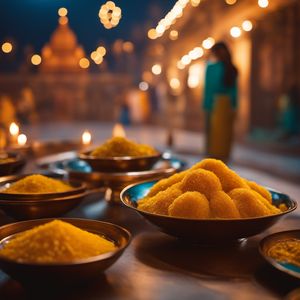
Agra petha
Indian cuisine

Aiyùbīng
Taiwanese cuisine

Ajdnek
Slovenian cuisine
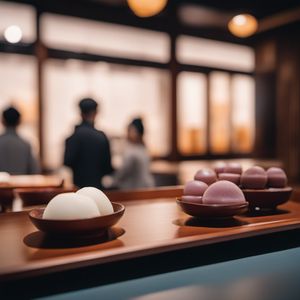
Akafuku
Japanese cuisine

Akanés
Greek cuisine

Akumaki
Japanese cuisine

